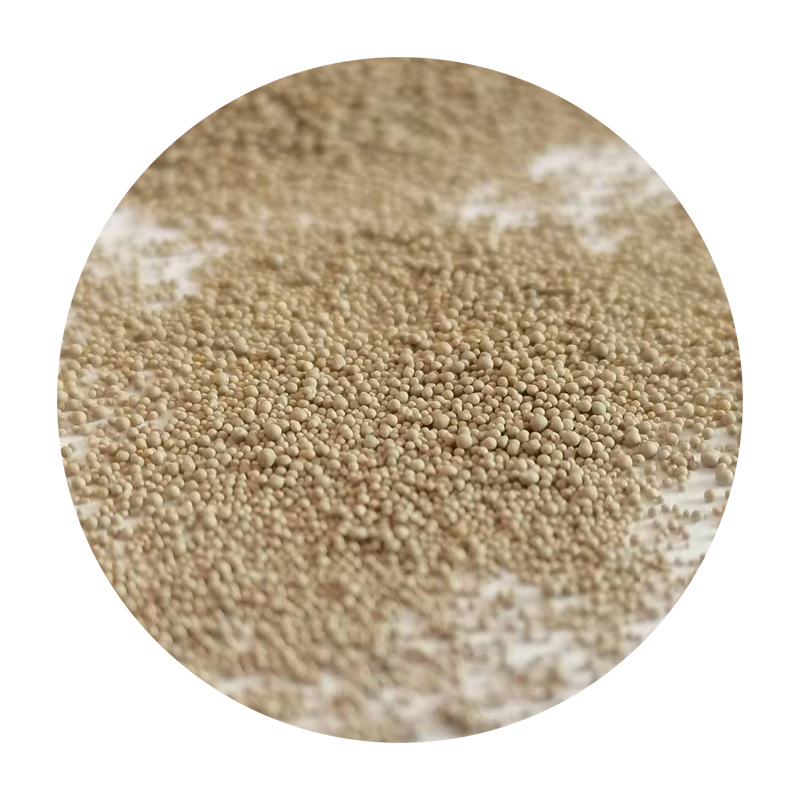Steps of Sand Casting A Comprehensive Guide
Sand casting is a widely used metal casting process that involves pouring molten metal into a mold made of sand. This technique is valued for its simplicity, cost-effectiveness, and versatility, making it suitable for producing a variety of metal components. Understanding the steps involved in sand casting is crucial for anyone interested in manufacturing processes or metallurgy.
The first step in the sand casting process is designing the mold. This begins with creating a pattern, which is a replica of the final product. The pattern is typically made from materials such as wood, plastic, or metal and is used to form the mold cavity. The design of the pattern must account for shrinkage that occurs when the metal cools. Additionally, it should feature a slight taper to facilitate removal from the mold without causing damage.
Steps of Sand Casting A Comprehensive Guide
Afterward, the mold is assembled, which often involves aligning two halves, known as the cope (top half) and the drag (bottom half). These two halves are secured together using clamps to prevent them from separating during the pouring process. At this stage, additional features such as gates and risers may be included. Gates are channels that allow molten metal to flow into the mold, while risers act as reservoirs to compensate for any shrinkage during cooling.
steps of sand casting

With the mold prepared, the next step is melting the metal. Common metals used in sand casting include aluminum, steel, and bronze. The metal is heated in a furnace until it reaches a molten state, after which it is carefully poured into the mold through the gates.
Once the molten metal has been poured, it must cool and solidify. The cooling time varies depending on the type and thickness of the metal cast. After the metal has fully cooled, the mold is carefully broken apart to reveal the newly formed casting.
The final steps involve cleaning and finishing the casting. This includes removing any sand residues, gates, and risers, followed by machining to achieve the desired surface finish and dimensions. Finally, inspections are performed to ensure that the casting meets specified tolerances.
In summary, sand casting is a straightforward yet effective process that involves several critical steps, from design to finishing. Understanding these steps helps improve the quality and efficiency of the casting process and ultimately leads to better quality metal components.
Post time:Sht . 08, 2024 03:28
Next:3D Printed Sand Casting Patterns for Precision Manufacturing
